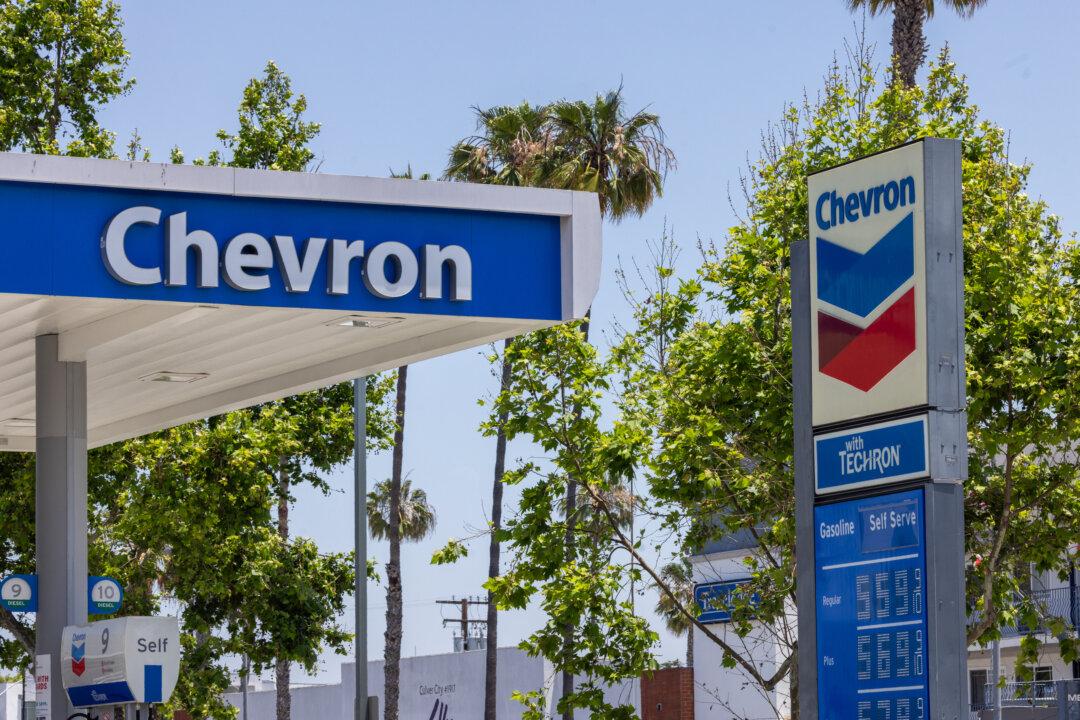Republicans are holding onto control of the U.S. House of Representatives after the November general election, with the last race called in favor of Democratic candidate Adam Gray in the 13th Congressional District by the Associated Press as of Dec. 4.
Republican incumbent Rep. John Duarte (R-Calif.) trails Gray by 187 votes, according to a Tuesday night update by the California secretary of state, with the lead flipping back and forth since Election Day.




